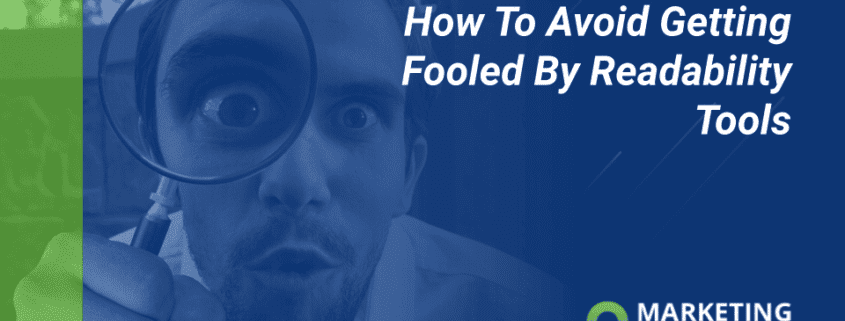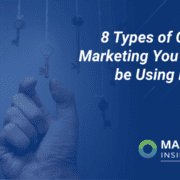How to Avoid Getting Fooled By Readability Tools

Seasoned marketing professionals know that readability tools can send you down a rabbit hole. But if you’re new to the idea of readable content, you may be surprised by how misleading readability tools can be.
Content that’s easy to read is a pillar of SEO best practices. Although, easy to read content is subjective to your audience. Avoid getting fooled by the misleading nature of readability tools and understand how to use them to your advantage.
Key Takeaways
- 91% of people reported that they don’t trust websites that contain grammatical errors or mistakes
- Research shows that the average person’s reading level is 3-5 years below their highest grade completed
- An ideal readability score indicates an eighth-grade reading level
- To improve the quality of your content, you must use your readability tool’s feedback and apply it to your specific audience
Readability tools overlook the importance of reader comprehension and consistent feedback. Here’s everything you need to know to create high-quality content with readability tools.
Readability 101
Odds are you’re guilty of quickly abandoning poorly-written, wordy websites. You’re not alone – 91% of people reported that they don’t trust websites that contain grammatical errors or mistakes.
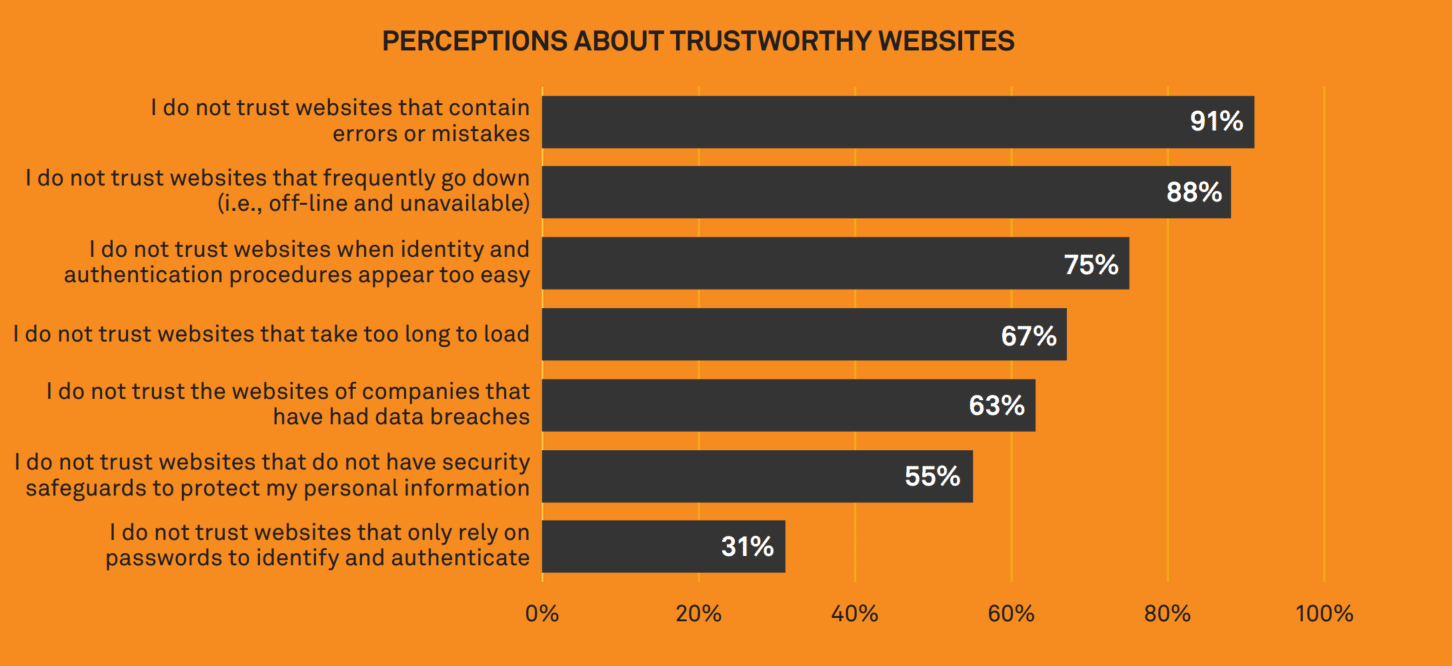
Image Source: KoMarketing
That’s why it’s important to create marketing content that has good readability. Readability refers to how easy it is to read and understand content. Content that’s easy to read is considered high-quality, whereas content with low readability is quickly passed on.
Not to mention, your content’s readability can have a major impact on SEO. Search engines like to reward well-written and well-structured copy. High-quality content with good readability will always reign supreme in the eyes of Google.
What’s Good Readability?
Good readability is generally calculated by the average length of words and sentences in a piece of content. In most cases, shorter words and sentences indicate good readability.
To measure readability, many marketers use readability tools. These tools are designed to apply a readability formula to your content, in order to obtain a readability score. Your readability score indicates how easy your content is to understand.
Although there are several, the most popular and common readability formula used is the Flesch-Kincaid test. In this case, a score of 60 or higher indicates an ideal reading experience, also known as an eighth grade reading level.
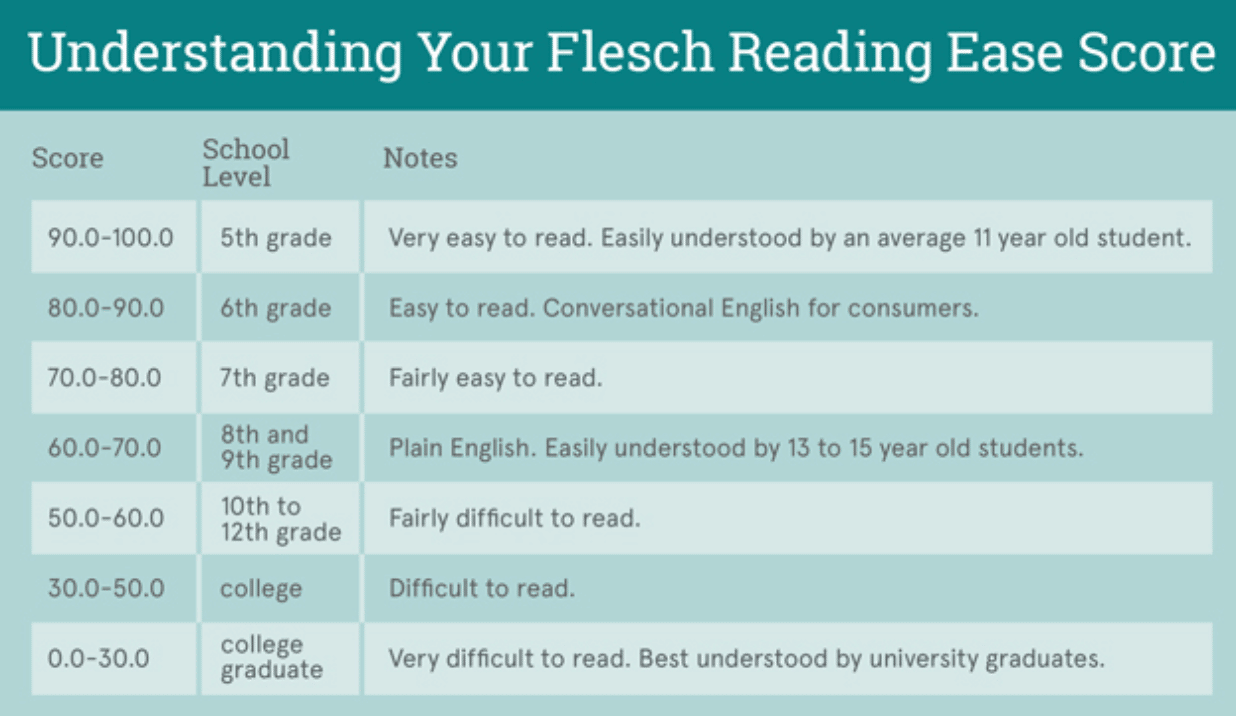
Image Source: ProWritingAid
But just like any word processing system, readability tools leave room for error. Since they’re designed to focus solely on word and sentence length, they can easily misjudge the quality of content. As you know, sharing useful content requires more than simplifying your word choice.
How Readability Tools Can Be Misleading
Don’t be fooled by the so-called simple nature of readability tools. Their narrow, mechanical focus is easy to misuse and misunderstand. Before using a readability tool to grade the quality of your writing, there’s a few things to keep in mind.
- There’s more to readability than then grading the length of words and sentences. Although not all readability formulas are the same, most penalize content that uses complex words and sentences. This means that explaining technical topics with expert level terminology is likely to get a low readability score – even if you’re sharing clear, cohesive content appropriate for your target audience.
- Readability tools can’t measure comprehension. Readability tools neglect to consider whether your content can catch and hold your readers’ attention. Even if your content engages and helps your target audience, you’ll still receive a low readability score if your word-choice is “too complex”.
- Consistent scoring is out of the question. It’s unlikely that you’ll receive the same score when using different readability tools – even if you’re grading the same text. Not to mention, using a computerized tool requires removal of headings and bullet points before grading to avoid misleading results.
Readability tools focus too much on the length of words and sentences, and overlook the importance of reader comprehension and sharing consistent, accurate results.
How Readability Tools Can Help
Although readability tools have their drawbacks, they can still be helpful in creating quality content at scale. We recommend using readability tools to point out text that’s difficult to read. This way, you’ll know exactly where you need to make adjustments.
Understand Your Audience
The key to sharing high-quality content is understanding your audience. Readability tools can help you answer their questions in a clear, concise manner. Determining whether your content can be easily understood by readers depends on:
- Education Level – Research shows that the average person’s reading level is 3-5 years below their highest grade completed. This means that content targeted towards college freshmen should be written for an eighth-grade reading level.
- National Adult Literacy Survey (NALS) – The NALS shares literacy levels according to different ages, races/ethnicities and health status. Data from this survey can be used to estimate your audience’s reading level if you know their demographics.
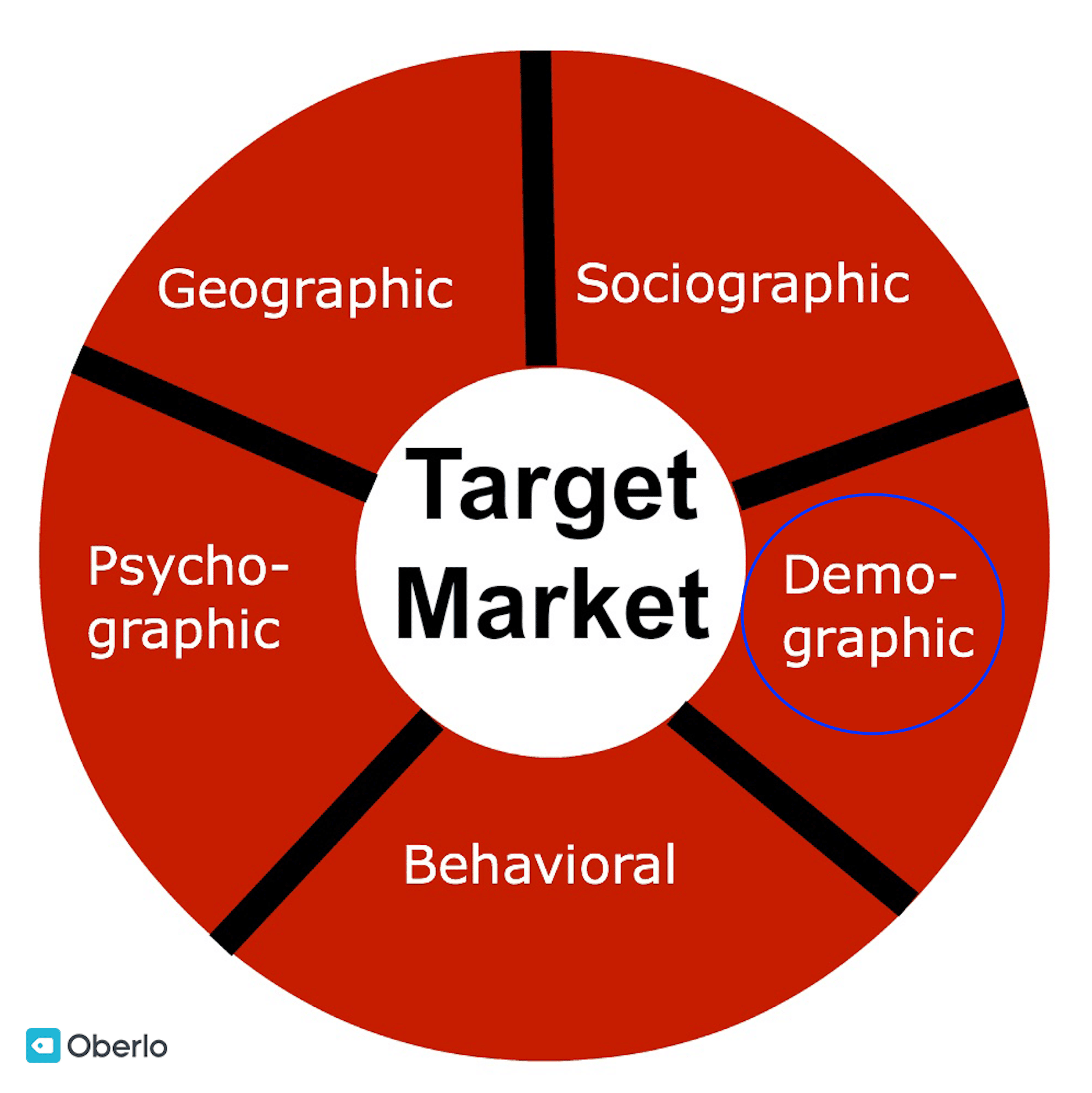
Image Source: Oberlo
Understanding your audience plays an important role in using readability tools. After grading your content, readability scores should be interpreted for your specific audience accordingly:
- Scores graded from 4th to 6th grade level are easy to read
- Scores graded from 7th to 9th grade level are of average difficulty
- Scores graded from 10th grade level or above are difficult to read
If your readability score seems too difficult for your audience, take a look at your word-choice and sentence length. Identify long words and lengthy sentences, and simplify their meaning. Doing so will make your content easier to read and increase visual appeal.
Use Your Own Judgment
Readability tools are tools, not magic wands. To improve the overall quality of your content, you must use your readability tool’s feedback and apply it to your specific audience.
At Marketing Insider Group, we like to use free readability tools, such as The Hemingway Editor, in addition to our own judgment. This way, we’re eliminating the cost of shiny tools and putting our own expert knowledge to work, resulting in content that is both helpful and easy to read.
Enjoy the short video below to learn more about how to use The Hemingway Editor to simplify your message.
Improve Your Readability Today!
Remember, readability tools need to be used in conjunction with your own expert opinion to properly grade the readability of your content.
For more information on fine-tuning your content to high-quality, check out Marketing Insider Group’s SEO Blog Writing Service today, or schedule a quick consultation now to learn more!
The post How to Avoid Getting Fooled By Readability Tools appeared first on Marketing Insider Group.

